Are BBA Collectively Navigating a Mid-Life Crisis? Strategies to Break the Deadlock
![]() 04/03 2025
04/03 2025
![]() 646
646
In the global luxury car market, BBA (Benz, BMW, Audi) once reigned supreme, their influence spanning nearly the entire globe. However, recent media reports have suggested that BBA is collectively navigating a mid-life crisis. What challenges are traditional luxury cars facing? How can BBA break the deadlock?
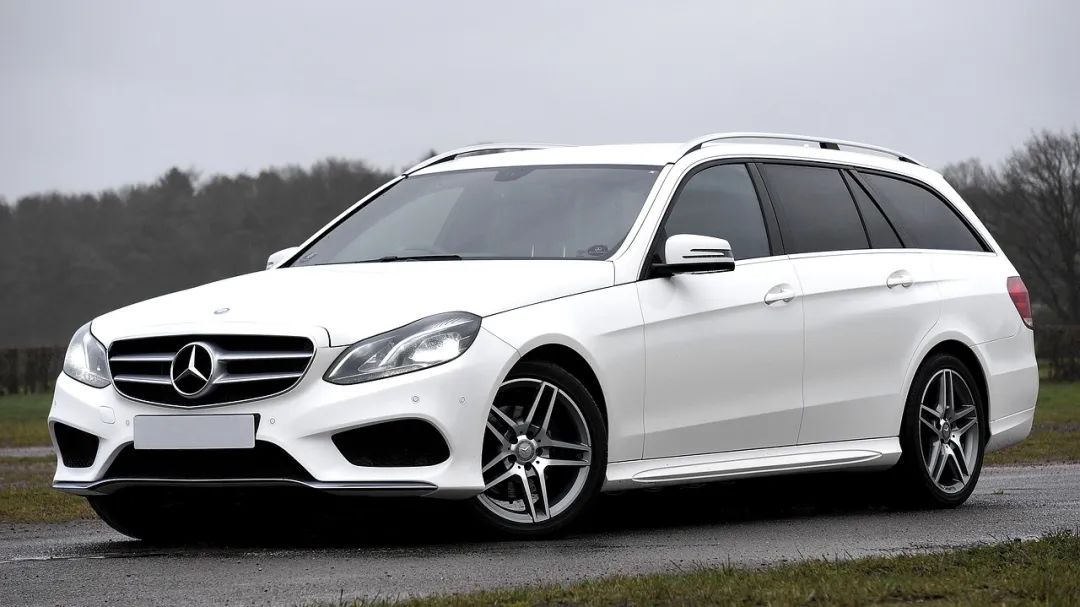
I. Are BBA Collectively Navigating a Mid-Life Crisis?
According to the 21st Century Business Herald, Mercedes-Benz, BMW, and Audi have been present in China for over 30 years. However, amidst the convergence of the new energy transition and price wars, these once-luminous brands are now grappling with the impact of newcomers adept at intelligence, while attempting to maintain the dignity and profits of fuel vehicles. Collectively, they find themselves in a "mid-life crisis".
This crisis is evident in their financial reports. In 2024, the BMW Group generated revenue of 142.38 billion euros (approximately RMB 1.12 trillion), more than twice that of Audi, but experienced an 8.4% year-on-year decline. Its earnings before interest and taxes (EBIT) were 10.971 billion euros (approximately RMB 86.29 billion), a 35.8% year-on-year drop, with profit margins sliding from 11% to 7.7%. Net profit stood at 7.678 billion euros (approximately RMB 60.39 billion), a 36.9% year-on-year decrease, still amounting to daily earnings of 165 million yuan.
Behind the decline in revenue and profits lies a drop in sales. In 2024, the BMW Group sold a total of 2.45 million vehicles globally, a 4% year-on-year decline. Among these, sales of BMW, MINI, and Rolls-Royce brands were 2.2 million, 245,000, and 5,712 vehicles, respectively, with year-on-year declines of 2%, 17%, and 5.3%.
Throughout 2024, BMW's sales in Europe, the Americas, and the US market saw slight growth, while the Chinese market became the region with the most significant decline in BMW sales. In 2024, BMW sold 715,200 vehicles in China, a 13.4% year-on-year decline.
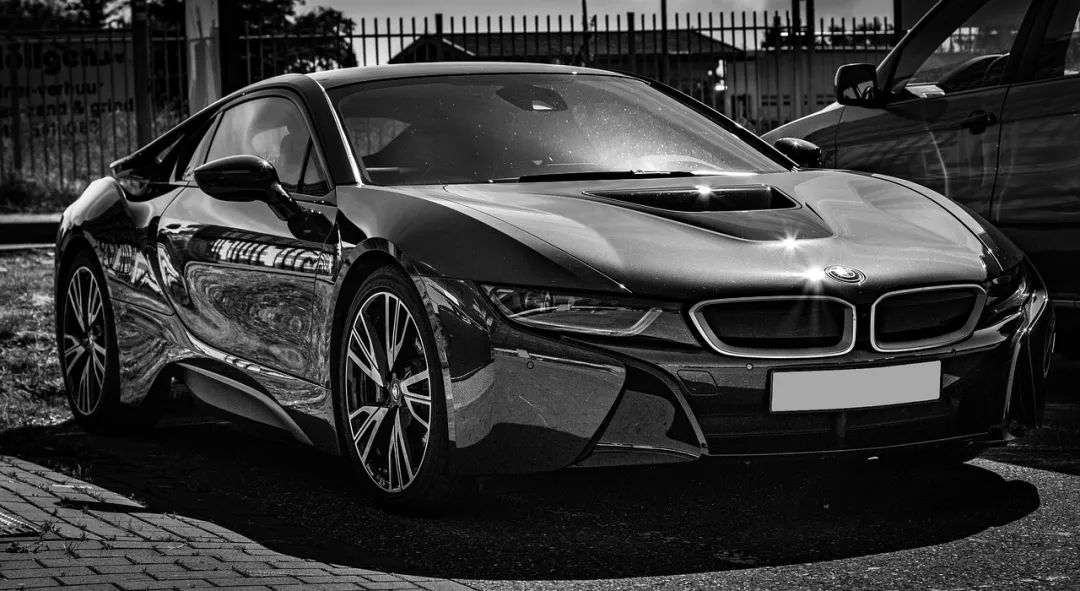
A reporter from China Business Daily noted that all three automakers have experienced varying degrees of decline in revenue and profits. Data shows that BMW's revenue declined by 8.4% in 2024, Mercedes-Benz by 4.5%, and Audi by 7.6%. In terms of profits, BMW's EBIT fell by 39.2%, Mercedes-Benz by 30.8%, and Audi's operating profit by 37.8%.
To navigate the current predicament, renowned automakers are exploring alternative strategies. According to a report by Lanjing News, BMW officially announced deepened strategic cooperation with Alibaba Group in China to promote the integration of the AI large language model into vehicles. In addition to partnering with Alibaba, BMW also recently announced a cooperation agreement with Huawei Terminals, where BMW will deeply integrate into the HarmonyOS ecosystem in China, launching digital services including BMW Digital Key, HUAWEI HiCar, and MyBMW App.
BMW is not alone in this endeavor. Audi is also strengthening its cooperation with Huawei. Previously, FAW-Audi reported that all new cars launched this year will be equipped with Huawei's high-level intelligent driving system. On the Mercedes-Benz front, media reports indicate that the new CLA electric sedan will be the first model to support L2+ high-level intelligent driving in all scenarios. This rapid deployment of advanced intelligent driving features is attributed to Mercedes-Benz's choice to collaborate with the domestic intelligent driving company Momenta.
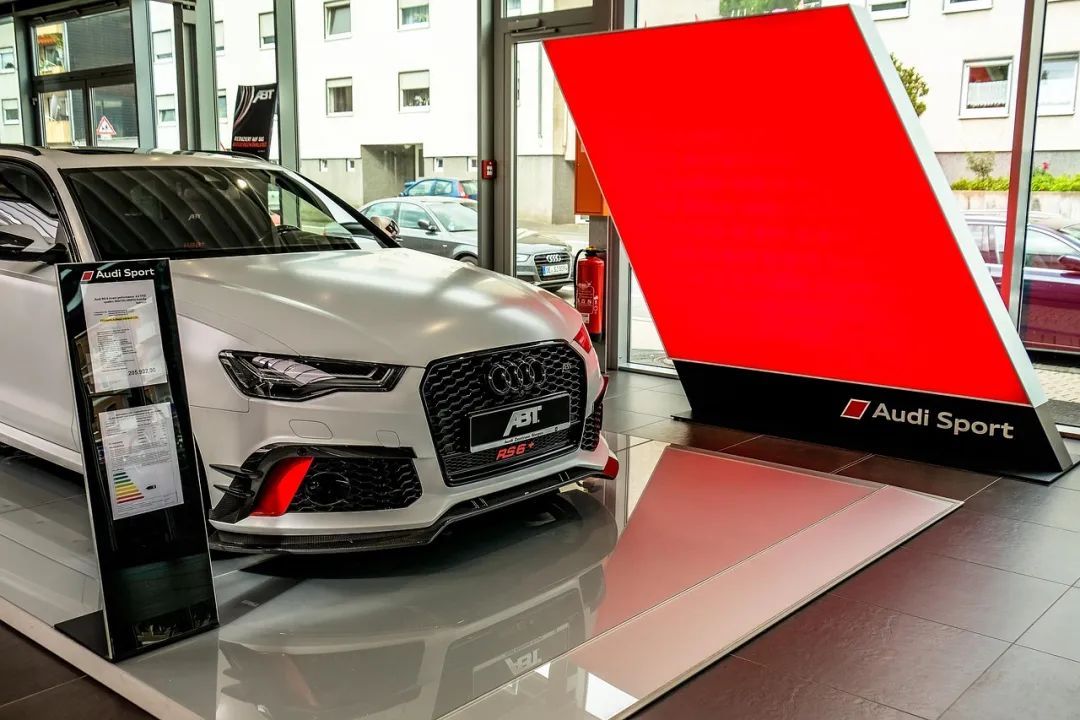
II. How Can BBA Break the Deadlock?
With the evolution of time and profound transformations in the automotive market, BBA is collectively facing a "mid-life crisis". Their past glory is being challenged, and their market share is being squeezed. Navigating this deadlock has become a crucial question for BBA.
First, the BBA crisis is an inevitable outcome of the automotive market transformation. During the fuel vehicle era, BBA was the undisputed king of the automotive industry. With their long brand history, exceptional engineering technology, and strong brand influence, they firmly occupied the top position in the global automotive market. Take Mercedes-Benz, for instance; its classic S-Class sedan has always symbolized luxury, comfort, and nobility. Its exquisite interior craftsmanship, powerful engine performance, and exceptional chassis tuning have made it the dream car for many consumers.
However, in recent years, the global automotive industry is accelerating towards new energy and intelligence, a trend particularly evident in emerging markets represented by China. China's new energy automotive industry has emerged as a formidable force, demonstrating strong competitiveness and innovative vitality. Chinese new energy vehicles emphasize the integration of technology and futuristic design, boldly breaking through traditional automotive design frameworks. Their simple and sleek lines, unique shapes, and futuristic lighting design have attracted the attention of many consumers. In terms of the core three-electric system (battery, motor, and electronic control), Chinese new energy vehicles have significant advantages. In battery technology, Chinese enterprises continue to make breakthroughs. Contemporary Amperex Technology Co. Limited (CATL), a leading global power battery manufacturer, has developed the Qilin battery, which reaches world-leading levels in energy density, safety, and fast charging performance. Chinese enterprises have also made significant progress in motor and electronic control technology. In contrast, although BBA is striving to advance its electric vehicle projects, its transformation pace appears relatively slow due to the huge inertia of the traditional fuel vehicle business.
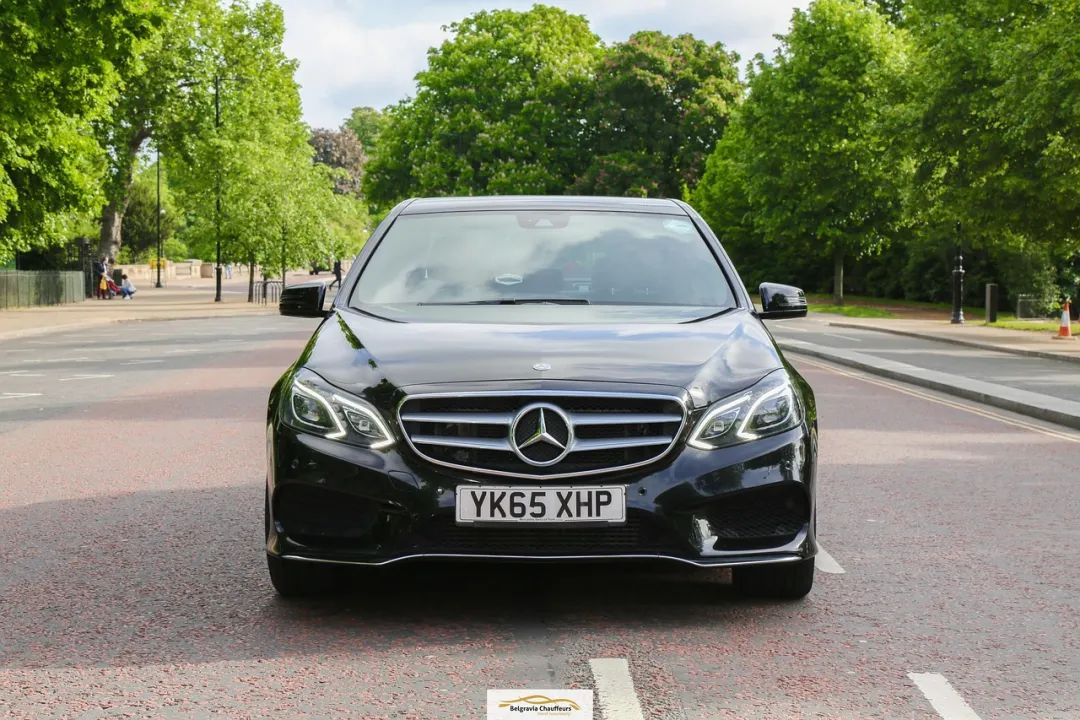
Second, strong path dependence has always plagued BBA. BBA's long-term dominance in the traditional fuel vehicle market has created a strong path dependence. This dependence manifests in various aspects, from technology research and development to manufacturing, from the supply chain system to sales channels. BBA has established a mature and relatively rigid model. In technology research and development, BBA invested heavily in the optimization and upgrading of traditional technologies such as fuel engines and transmissions, paying insufficient attention to the research and development of new energy and intelligent technologies, with relatively limited investment. In the manufacturing process, the production lines and processes of traditional fuel vehicles are complex and extensive. Transitioning to new energy vehicle production requires large-scale modifications or even reconstructions of existing facilities, which not only demands huge capital investment but also faces technical challenges and time costs. In terms of the supply chain, BBA has established long-term stable cooperative relationships with traditional fuel vehicle component suppliers, who primarily provide engine parts, transmission parts, fuel system parts, and other traditional components. However, the supplier system for core components required by new energy vehicles, such as batteries, electronic controls, and intelligent driving sensors, is not yet perfect, and BBA faces immense pressure in supply chain reconstruction during the transformation process.
Meanwhile, the rise of domestic high-end car brands has also brought unprecedented competitive pressure to BBA. Domestic high-end car brands represented by BYD, NIO, XPeng, and Li Auto have continuously innovated in technology, product quality, and user experience, gradually narrowing the gap with BBA and even surpassing them in some aspects. Relying on its deep accumulation in battery technology, hybrid technology, and vehicle manufacturing, BYD has launched a series of competitive high-end models, such as the renowned BYD N7 and Xiaomi su7 ultra. In terms of cost-effectiveness, domestic high-end cars have obvious advantages. Compared to BBA, they can provide similar or even richer configurations at lower prices, such as large-screen intelligent cockpits and advanced driver assistance systems, which have attracted the attention of more and more consumers, gradually eroding BBA's share in the high-end car market.
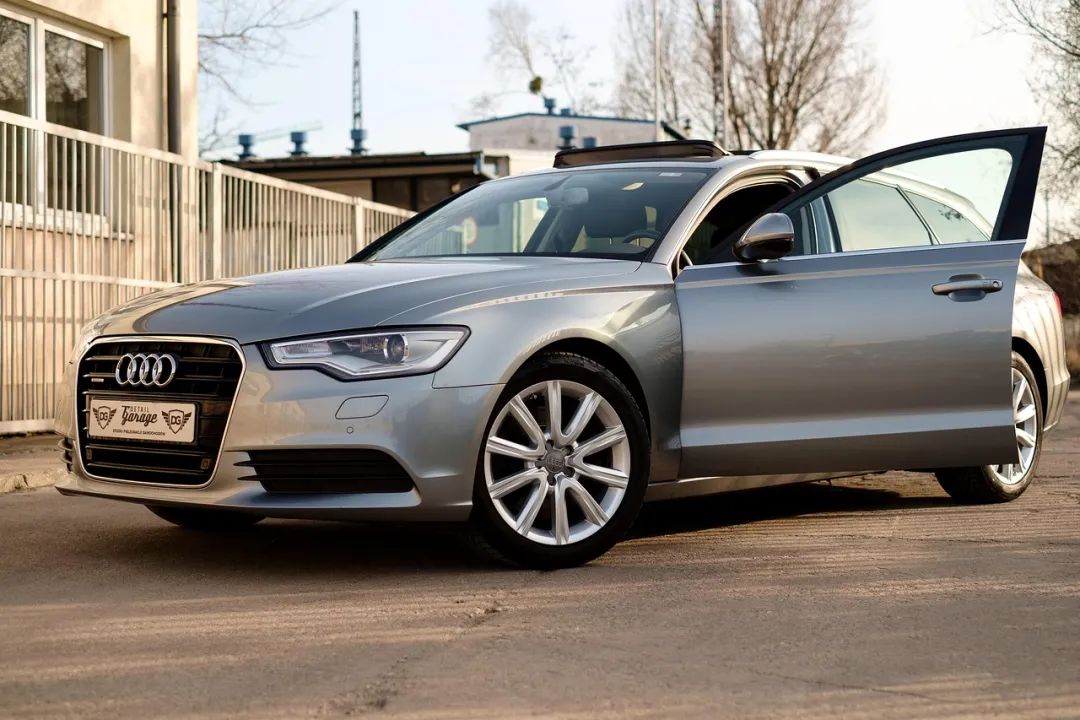
Third, joining the competition when unable to beat them is only a short-term expedient. Facing such a severe market situation, BBA's current strategy seems to be "joining when unable to beat them". Due to their relative lack of capabilities in the new energy transition and intelligent development, they have sought cooperation with Chinese enterprises to enhance their competitiveness by leveraging their advantages in these areas. For example, Mercedes-Benz cooperates with Chinese enterprises in fields such as intelligent connectivity. BMW collaborates with Alibaba in cloud computing and artificial intelligence, aiming to enhance BMW's digital service capabilities in the Chinese market. Audi's cooperation with Huawei focuses on the application of 5G communication technology in automobiles to improve the vehicle's intelligence level.
It is undeniable that this cooperation model has certain advantages. On the one hand, it allows for the quick acquisition of advanced technologies and solutions from Chinese enterprises, accelerating BBA's layout of new energy and intelligent vehicles in the Chinese market. Chinese enterprises have accumulated rich experience in intelligent cockpits, the Internet of Vehicles, and other fields, and BBA can directly apply these achievements to their models through cooperation. On the other hand, it enables better adaptation to the needs of the Chinese market by leveraging the local resources of Chinese enterprises. Chinese enterprises have a deeper understanding of domestic consumer needs and policy environments, and BBA's cooperation with them can enhance the competitiveness of their products in the Chinese market. However, this cooperation model also has limitations. From a technology integration perspective, there are fundamental genetic differences between BBA and Chinese enterprises' technology systems, which will inevitably lead to many issues in the cooperation process.
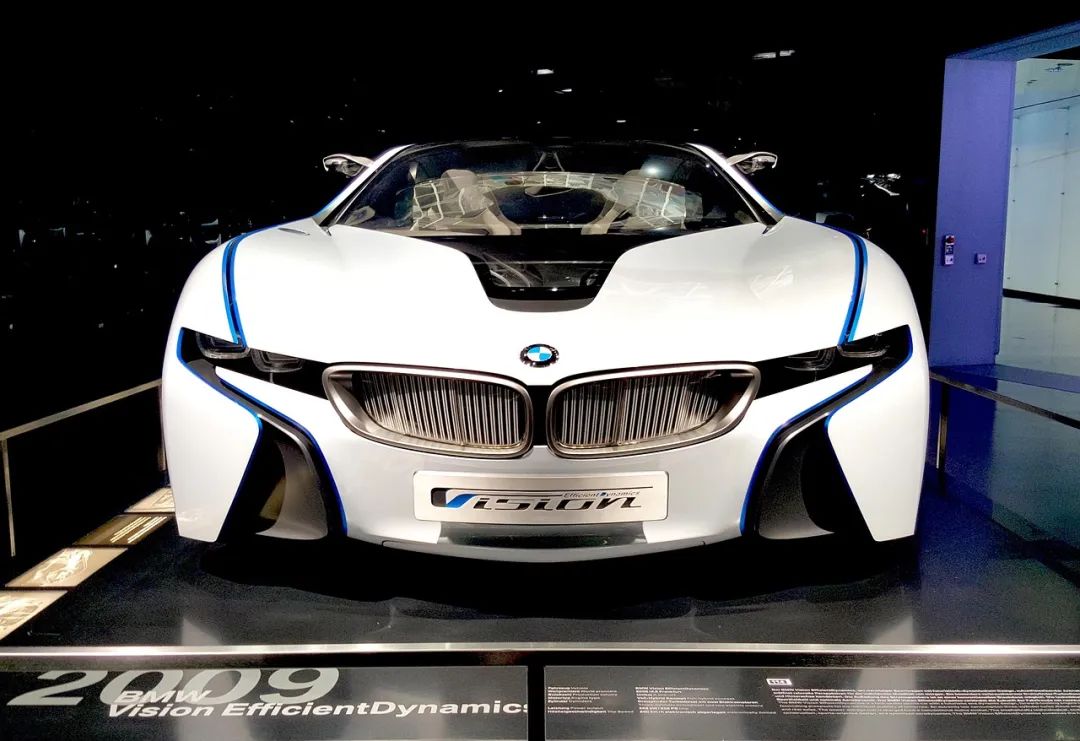
Fourth, only long-term innovation can truly break the deadlock. In the long run, for BBA to truly break the deadlock, relying solely on external cooperation is far from sufficient. Their biggest challenge lies in the traditional automaker traits deeply ingrained in their DNA. To thoroughly overcome the current predicament, they must deeply study the characteristics of new energy and intelligent vehicles and reclaim the commanding heights in technological innovation and design. BBA needs to increase investment in new energy vehicle technology research and development, mastering the core technologies of new energy vehicles, such as battery technology, motor technology, and electronic control technology. Simultaneously, they must focus on the usage scenarios and user needs of new energy vehicles and develop products that better meet market demand.
Furthermore, BBA needs to strengthen innovation in intelligent technology to enhance the intelligent driving, intelligent connectivity, and intelligent service levels of vehicles. For instance, developing more advanced autonomous driving systems to achieve higher-level autonomous driving functions; strengthening the application of Internet of Vehicles technology to enable information interaction and sharing between vehicles and the outside world, and so on.
Therefore, the mid-life crisis faced by BBA is an inevitable phenomenon in the process of automotive market transformation. While they have adopted short-term solutions such as cooperating with Chinese enterprises, in the long run, only through in-depth technological innovation and design transformation, reshaping brand image and adjusting market positioning, can they truly regain a firm footing in the era of new energy and intelligent vehicles.







